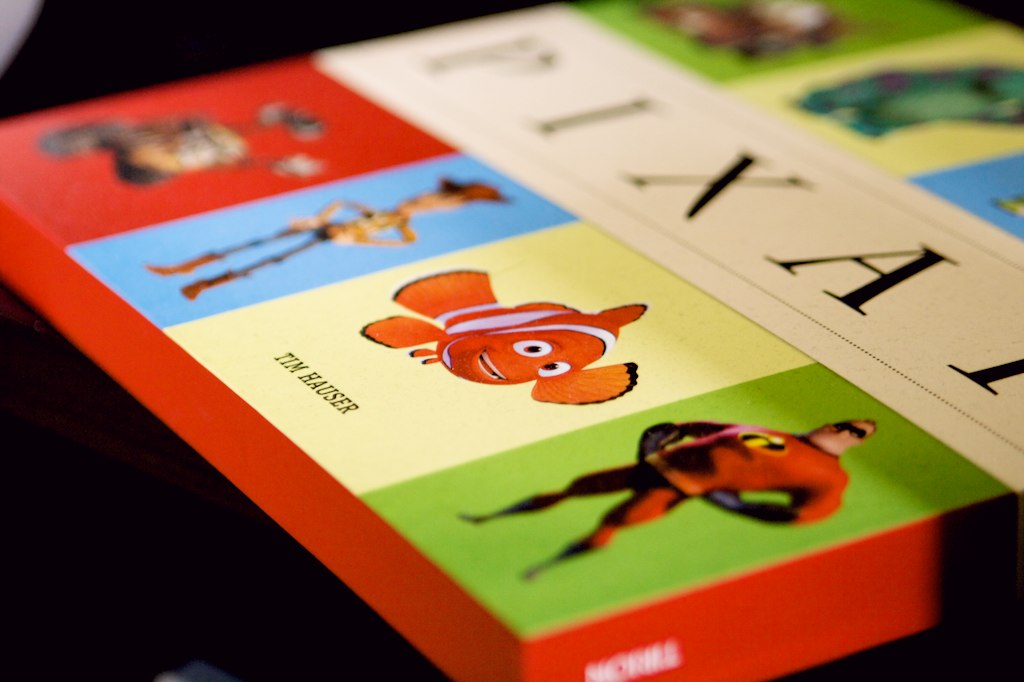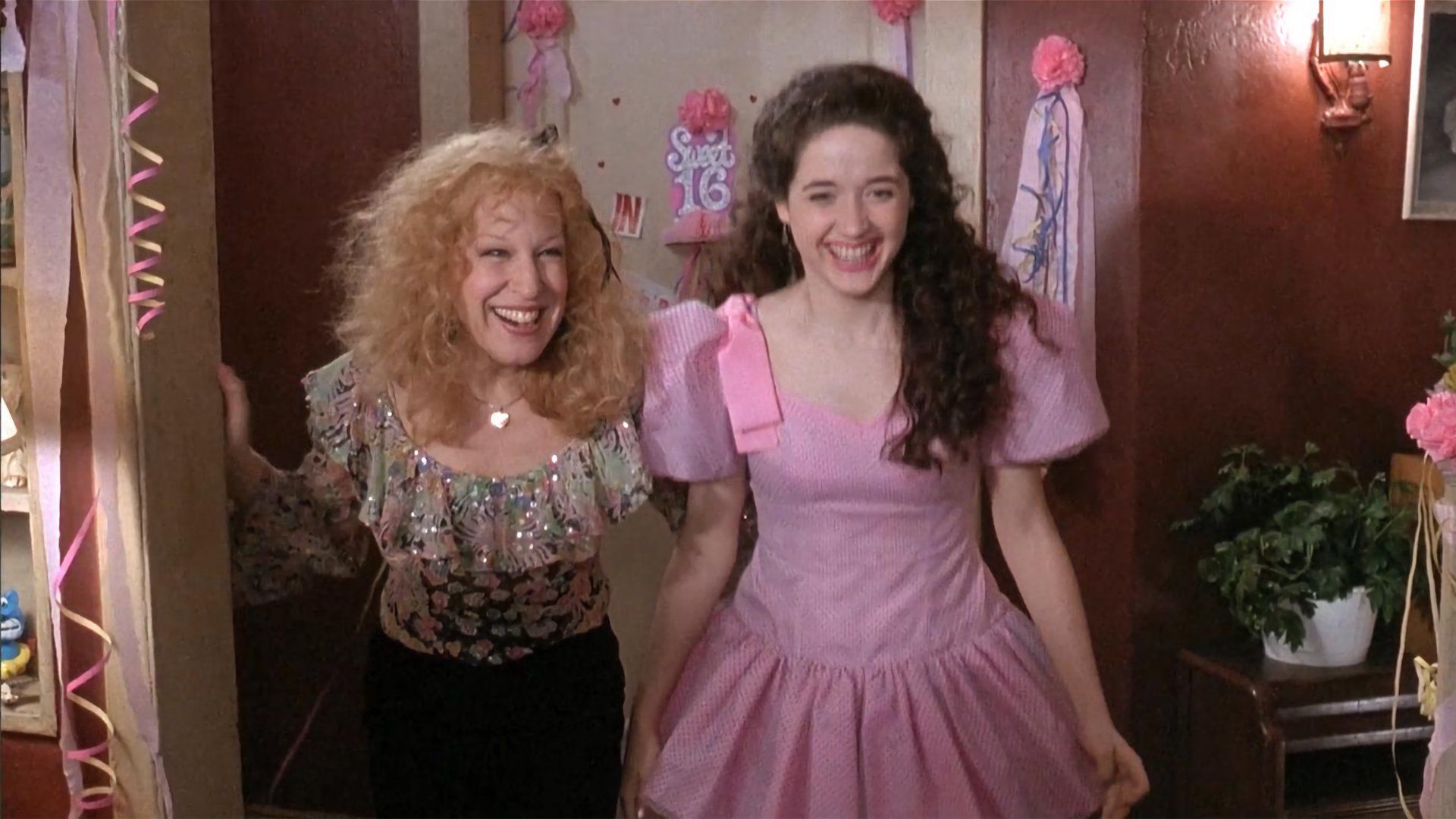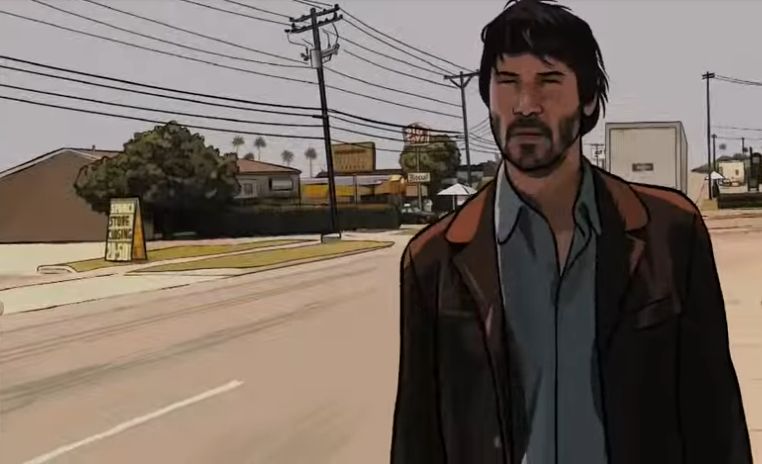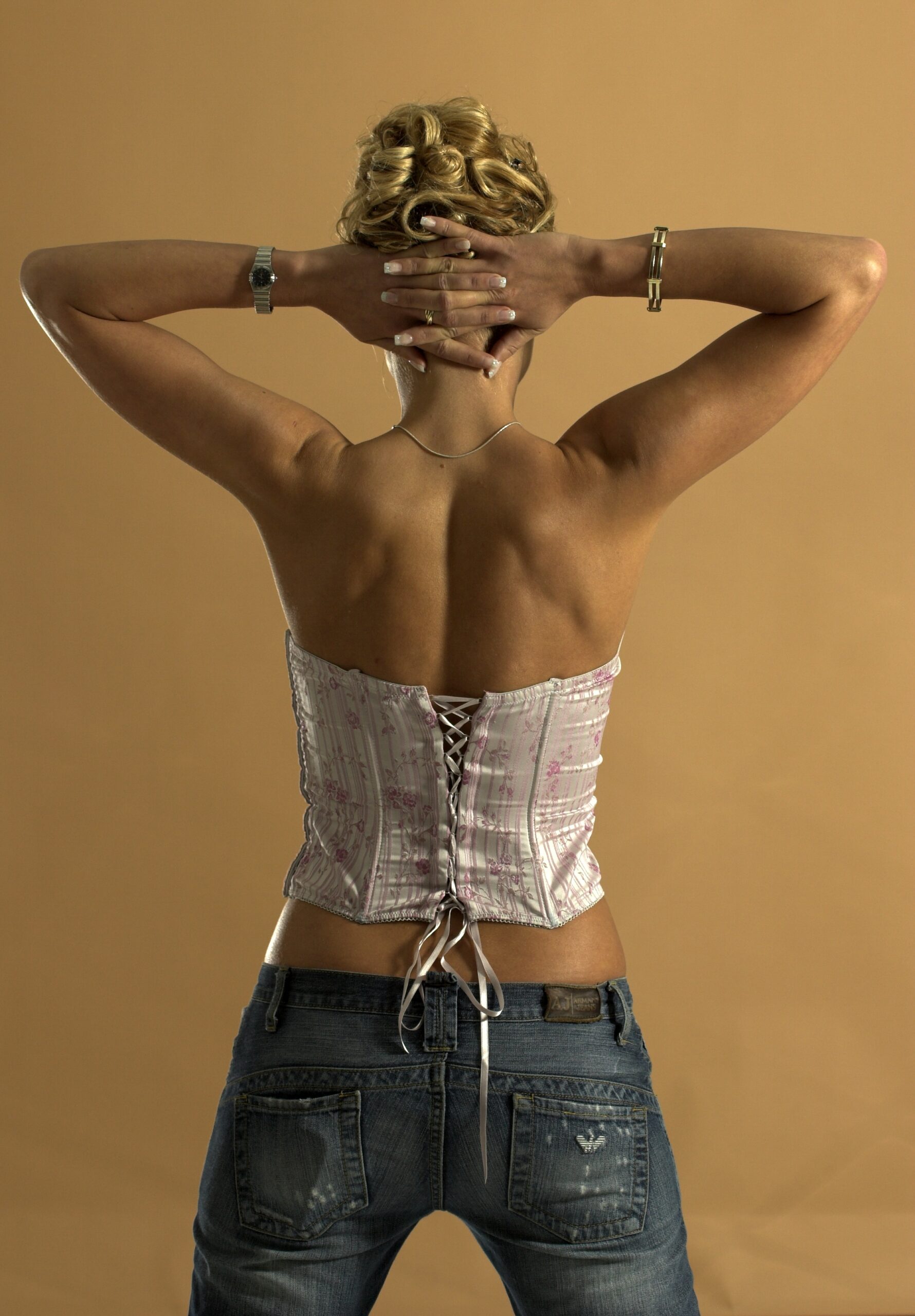
Alright, millennial crew and anyone who remembers life before infinite scrolling! Grab your low-rise jeans and put on your favorite band tee, because we’re about to take a deep dive back into the glorious, awkward, and undeniably iconic 2000s. It was a decade of massive change, where technology went from niche to mainstream, fashion was a wild rollercoaster, and entertainment evolved at warp speed. Think chunky highlights, flip phones, and enough pop culture to fill a thousand mixtapes! If you were there, you know exactly what we’re talking about; if not, prepare for a fascinating historical tour.
This era wasn’t just about what we watched or listened to; it was about how we experienced the world changing around us, often right in our hands. From the clunky yet beloved tech we obsessed over to the shows that defined our evenings and the styles that made us, well, *us*, the 2000s truly had a vibe all its own. It was a time when things felt both familiar and excitingly new, setting the stage for so much of what we consider normal today.
So, get ready to feel all the nostalgia as we unpack the definitive moments and unforgettable trends that made the aughts legendary. We’re talking about the games that ate our weekends, the TV shows that sparked countless watercooler conversations, and the tech innovations that reshaped our daily lives. This is more than just a trip down memory lane; it’s a celebration of a decade that truly rocked. Let’s hit rewind!
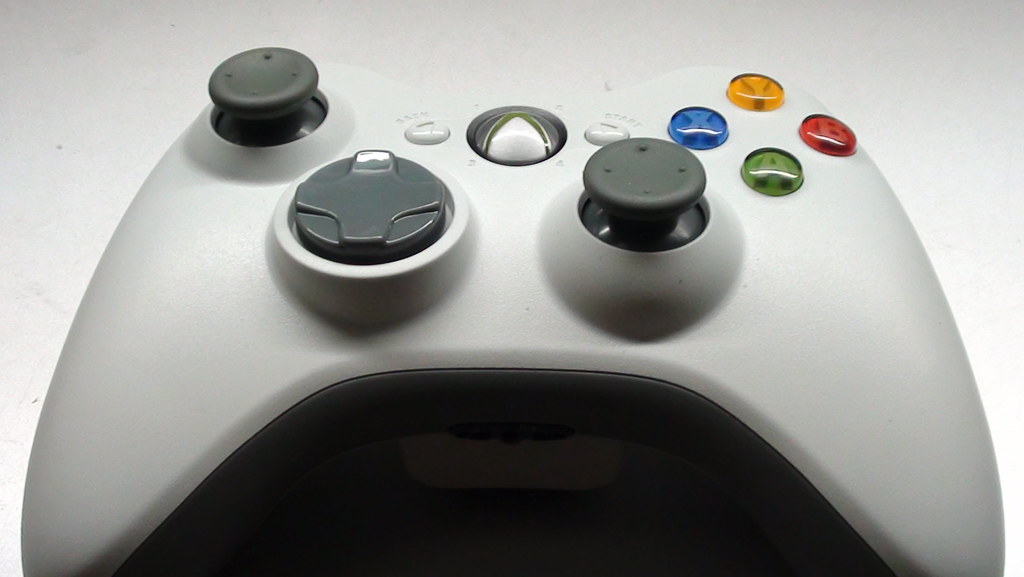
1. **The Rise of Gaming Powerhouses: PlayStation 2, Xbox, and Wii Domination**Remember when everyone had a PlayStation 2, or maybe an Xbox or a GameCube? The 2000s were truly the golden age for video game consoles, ushering in the sixth and seventh generations that absolutely captivated us. The PlayStation 2, pictured right there, was an absolute beast, and alongside the Xbox and GameCube, these systems became household names. Seriously, who didn’t spend hours trying to master ‘Grand Theft Auto: San Andreas’ or nail a perfect combo in ‘Tony Hawk’s Pro Skater 3’? These games weren’t just popular; they were cultural touchstones.
But it wasn’t just the big home consoles making waves. Nintendo completely dominated the portable gaming scene with its Nintendo DS, and let’s not forget the Game Boy Advance. These handhelds were everywhere, filled with incredible titles. We’re talking about games like ‘Pokémon Diamond and Pearl,’ where you tried to catch ’em all on the go, or ‘Super Mario 64 DS,’ which reimagined a classic for portable play. And who could forget the brain-training craze of ‘Brain Age: Train Your Brain in Minutes a Day!’ or the adorable virtual puppies in ‘Nintendogs’? Nintendo really knew how to keep us entertained, no matter where we were.
Then, towards the latter half of the decade, the Wii burst onto the scene and changed everything. The Wii wasn’t just a console; it was an experience, bringing motion controls into living rooms around the world. ‘Wii Sports’ wasn’t just a game; it was *the* best-selling game of the entire decade, getting everyone off the couch and swinging imaginary tennis rackets or bowling balls. Titles like ‘Super Mario Galaxy,’ ‘The Legend of Zelda: Twilight Princess,’ and ‘Mario Kart Wii’ made the console a must-have, proving that gaming could be for everyone, from hardcore enthusiasts to grandma trying to beat her high score in ‘Wii Fit.’ It was a truly transformative era for gaming.
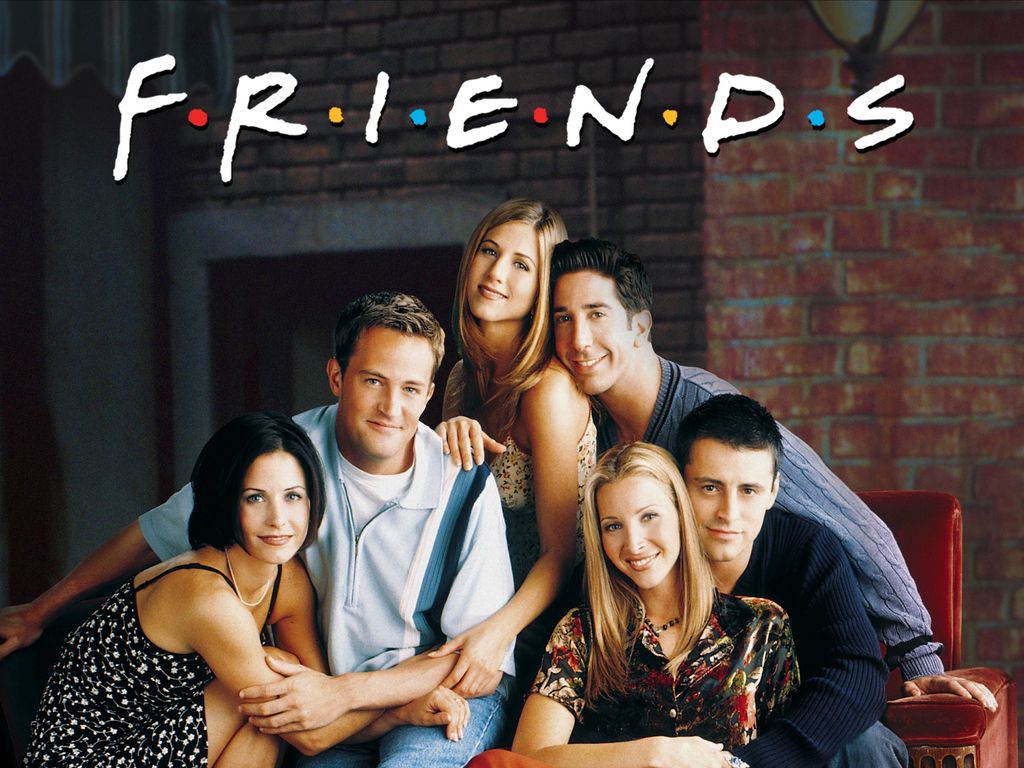
2. **TV’s Golden Age: Iconic Shows from *Friends* to *The Sopranos***If you thought TV was good now, you *really* needed to be there for the 2000s. This was a decade where television truly hit its stride, delivering some of the most memorable and genre-defining shows in history. We collectively gasped and shed tears when the final episode of ‘Friends’ aired in 2004, drawing in over 52 million viewers in the United States alone. That’s a huge number, proving just how much we loved Ross, Rachel, Monica, Chandler, Phoebe, and Joey, who even got his own spin-off that ran until 2006. Warner Bros. studio even named Stage 24 after the show, a testament to its enduring legacy.
But it wasn’t just network sitcoms that captivated us. HBO was absolutely killing it with groundbreaking dramas like ‘The Sopranos’ and the wildly hilarious ‘Curb Your Enthusiasm,’ which even managed a crossover episode! These shows weren’t just popular; they pushed boundaries and set new standards for storytelling on the small screen. Suddenly, cable TV was where all the innovative action was happening, giving us characters and narratives we’d never seen before, challenging what we thought television could be.
Beyond HBO, the landscape was incredibly diverse. We had everything from the intense drama of ‘Breaking Bad’ to the dry wit of ‘The Office,’ the heartwarming tales of ‘Gilmore Girls,’ and the fashion-forward friendships of ‘Sex and the City.’ ‘The Wire,’ ‘CSI: Crime Scene Investigation,’ ‘Scrubs,’ ‘Two and a Half Men,’ ‘Grey’s Anatomy,’ ‘Six Feet Under,’ and ‘Arrested Development’ all kept us glued to our screens, showcasing an incredible range of genres and storytelling prowess. And let’s not forget the comedy shows that had us rolling, like Dave Chappelle’s satirical ‘Chappelle’s Show,’ ‘The Bernie Mac Show,’ and ‘Everybody Hates Chris.’ The 2000s truly offered something for everyone, making it a golden era for television.
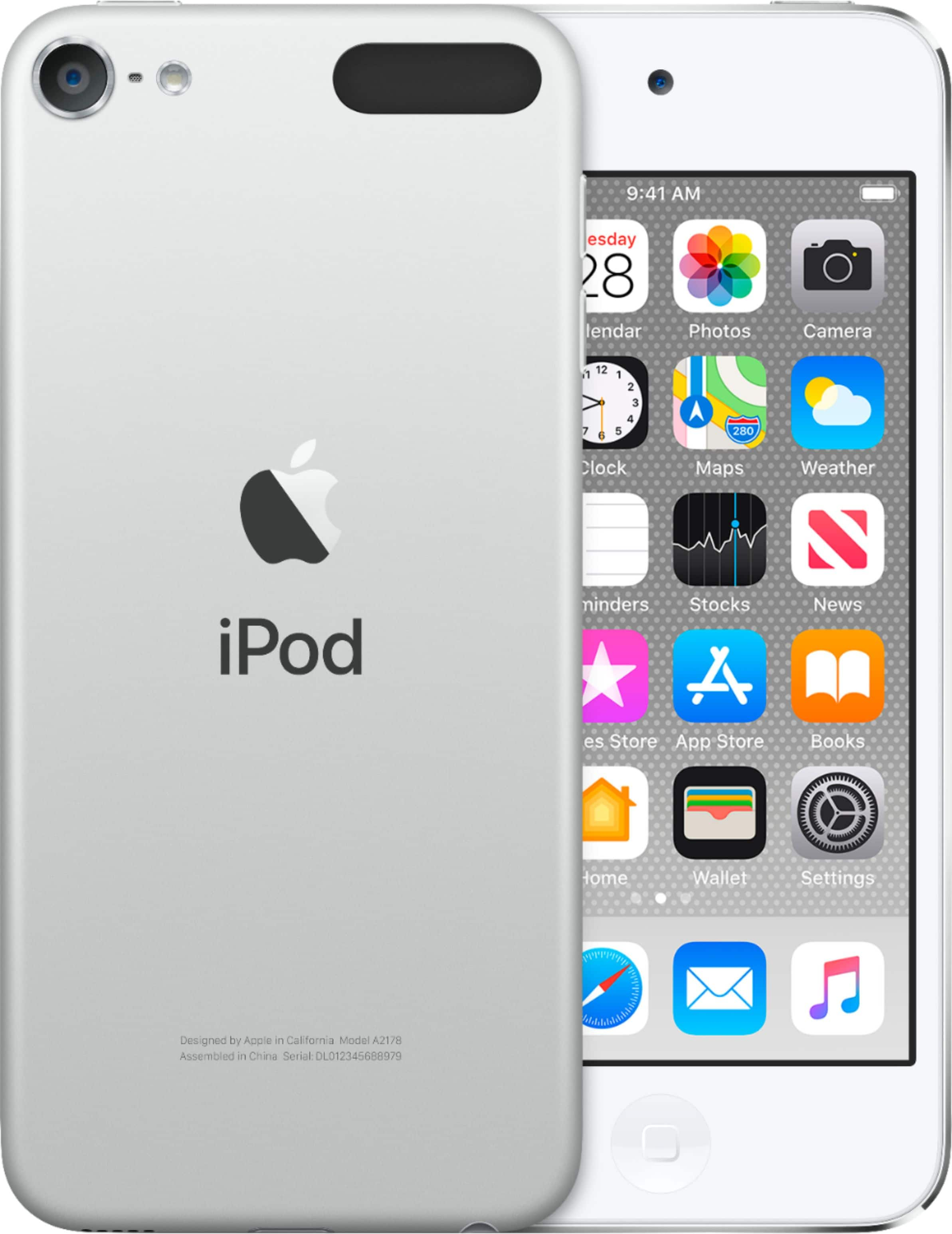
3. **The iPod Revolution: Music in Your Pocket**Before streaming services were even a glimmer in our eyes, there was the iPod. Oh, the iPod! This sleek, white device with its iconic click wheel wasn’t just a gadget; it was a cultural phenomenon that fundamentally changed how we listened to music. When the first iteration dropped in 2001, it wasn’t just a hit; it was *the* hit of the decade, making digital music players mainstream. Suddenly, you could carry your entire music library in your pocket, a concept that felt like pure magic at the time.
The iPod was more than just a music player; it was a statement. Walking around with those distinctive white earbuds meant you were part of a new digital age. The click wheel was intuitive, allowing you to scroll through thousands of songs with ease, creating playlists and discovering new favorites on the go. This accessibility revolutionized personal music consumption, liberating us from bulky CD binders and finicky portable CD players. It truly put our music, our soundtrack, directly into our own hands, customizing our listening experience in a way that was previously unimaginable.
However, this revolution wasn’t without its challenges for the music industry. While consumers embraced the ease of digital music, the internet also allowed for unlicensed uploading and downloading of sound files, leading to a significant decline in music sales after 2000. Record labels responded with new business relationships like “360 deals,” where artists shared a percentage of revenue from not only recorded music but also live performances and publishing. The iPod, while a beloved piece of tech, was at the heart of this massive shift, forcing the industry to adapt to a rapidly changing digital landscape. It was a game-changer in every sense of the word.
Read more about: The 2000s are Calling: Iconic Music, Movies, and Tech Trends Making a Massive, Enthusiastic Comeback!
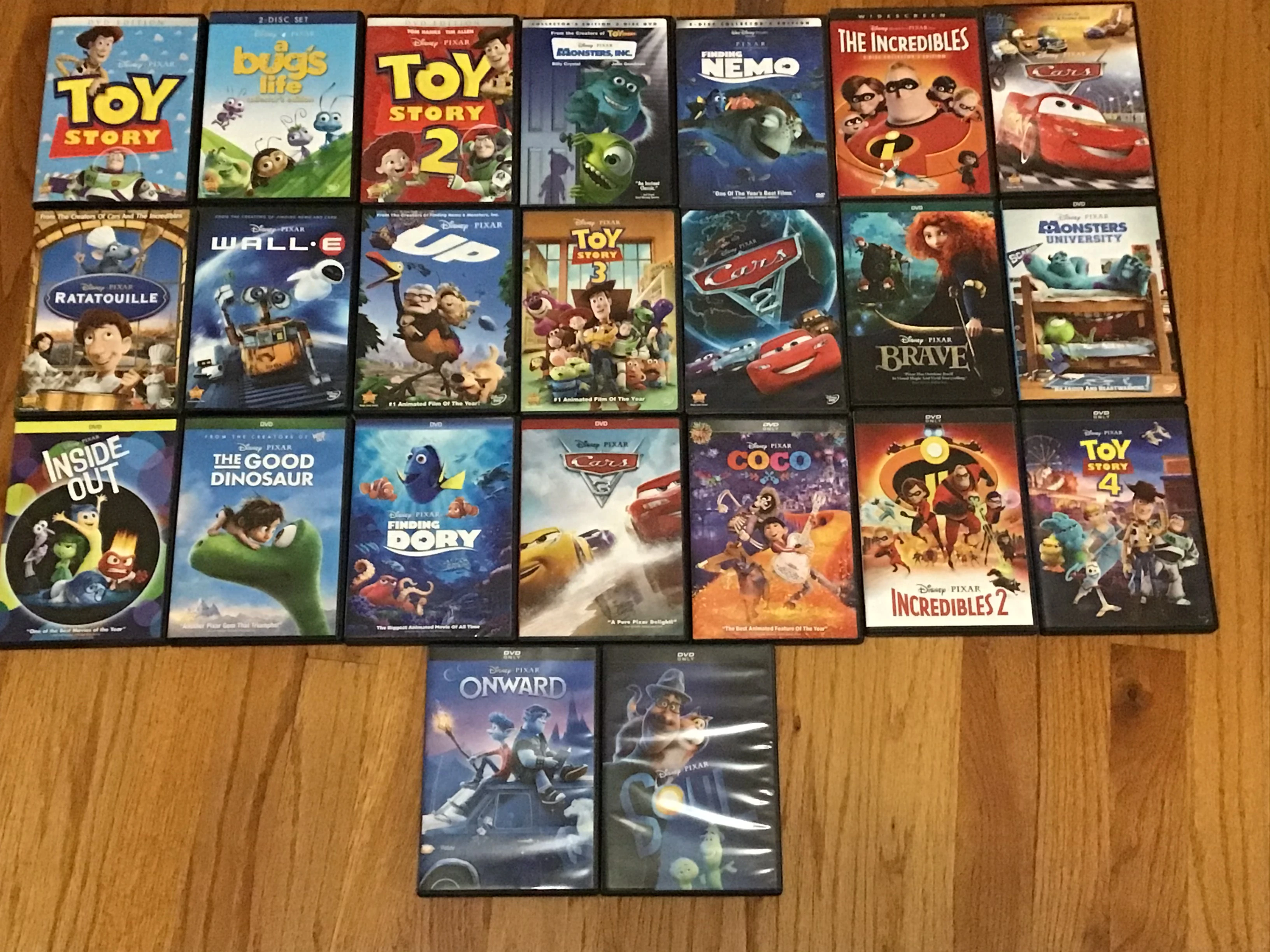
4. **DVDs Take Over: Saying Goodbye to Videotapes**Remember the days of carefully rewinding a VHS tape before returning it to Blockbuster? Or the struggle of trying to get a clear picture from a worn-out cassette? Well, by the early 2000s, those days were quickly fading into memory as DVDs took over the home entertainment world. It was a swift, almost silent revolution, as shiny, disc-shaped media began to eclipse the use of videotapes. While videotapes were “still somewhat prevalent” at the beginning of the decade, their reign was undeniably coming to an end, paving the way for a superior viewing experience.
DVDs offered a multitude of advantages that made them irresistible. The picture quality was sharper, the sound was clearer, and you didn’t have to worry about the tape getting chewed up by the VCR or degrading over time. Plus, they introduced us to the glorious concept of bonus features! Suddenly, you could watch deleted scenes, behind-the-scenes documentaries, and director’s commentaries, adding so much more value to your favorite movies. It transformed passive viewing into an interactive experience, deepening our connection with the films we loved.
This shift wasn’t just about better quality; it was about convenience and the evolution of media consumption. DVDs became the standard for film releases, making videotapes seem almost ancient in comparison. Our shelves quickly filled with these new discs, and the ritual of movie night was forever changed. It was a pivotal moment in how we collected and enjoyed films, a clear sign that the digital age was not just knocking, but barging down the door with a perfectly clear picture and surround sound.
5. **Computer-Animated Film Dominance: Pixar and DreamWorks’ Reign**If you loved animated movies in the 2000s, you were living in a golden era of computer-generated imagery. With incredible advancements in computer technologies, animated films experienced a huge boom, and two studios, in particular, proved themselves to be the undisputed kings: Pixar and DreamWorks Animation. These rival studios delivered hit after hit, completely transforming the landscape of animated storytelling and capturing the hearts of audiences worldwide with their innovative and emotionally resonant films.
DreamWorks Animation found its big break with the massive success of ‘Shrek,’ which not only charmed everyone but also won the first Academy Award for Best Animated Feature in 2002. They continued to churn out beloved films like ‘Spirit: Stallion of the Cimarron,’ ‘Shrek 2,’ ‘Madagascar,’ and ‘Kung Fu Panda,’ establishing themselves as a major force. Meanwhile, Disney Pixar enjoyed critical and commercial successes that cemented their reputation for groundbreaking storytelling, giving us masterpieces like ‘Monsters, Inc.,’ ‘Finding Nemo,’ ‘The Incredibles,’ ‘Cars,’ ‘Ratatouille,’ ‘WALL-E,’ and ‘Up.’ These films were not just cartoons; they were cinematic events.
This era also saw a significant shift away from traditional 2D animated films, which slowly started to decline in popularity, with many underperforming or even bombing at the box office. While Disney Animation did have some exceptions like ‘The Emperor’s New Groove,’ ‘Lilo & Stitch,’ and ‘The Princess and the Frog,’ the trend was clear: computer animation was the future. By the end of the decade, 3D films, particularly with the unprecedented success of ‘Avatar’ in 2009, were becoming increasingly successful, demonstrating the industry’s continuous push towards immersive, technologically advanced cinematic experiences. The 2000s truly redefined what animated films could be.
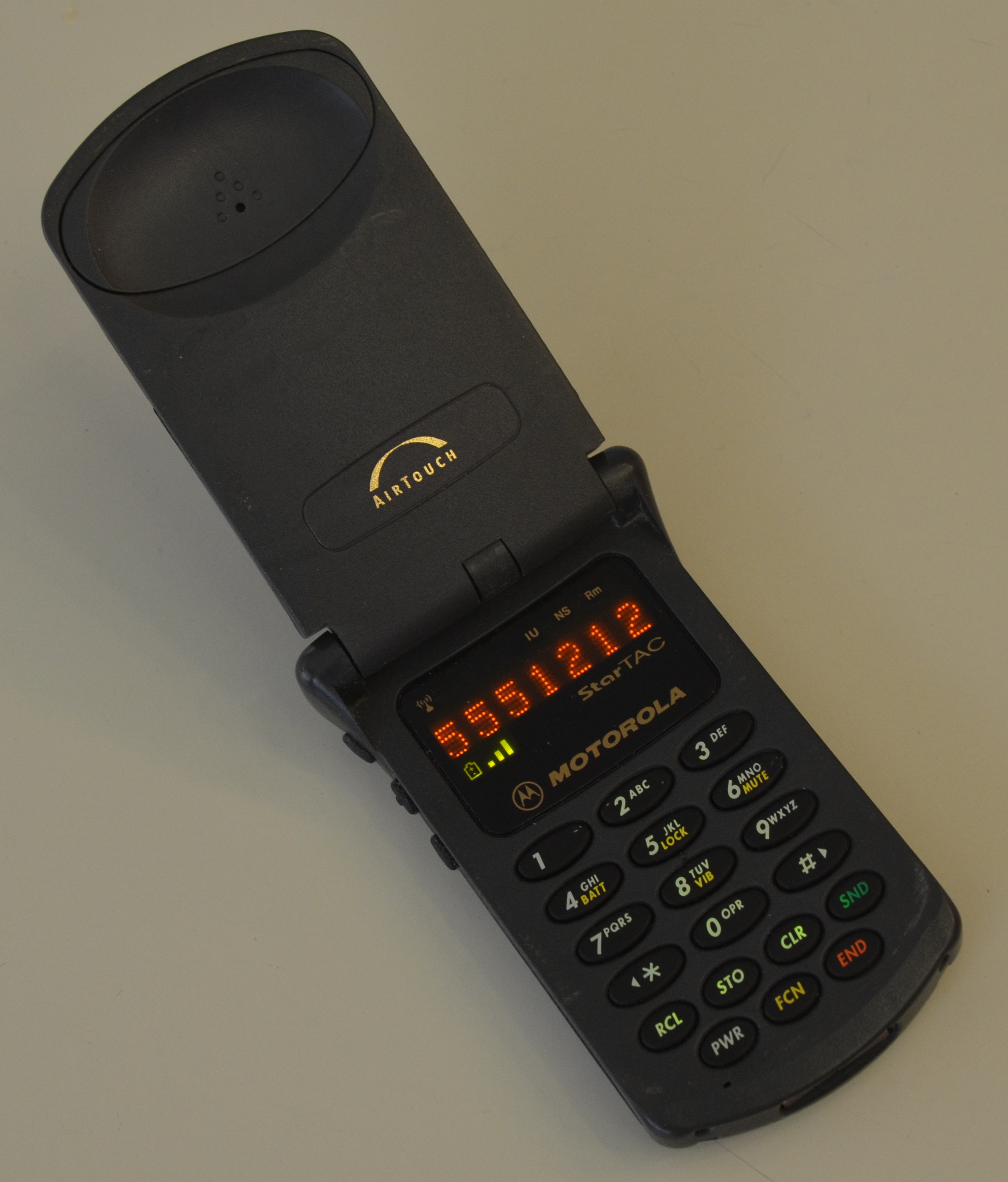
6. **The Mobile Phone Transformation: From Flip Phones to Early Smartphones**Remember the satisfying snap of closing your phone after a call? Or the tactile feel of physical buttons? The 2000s were a fascinating period for mobile phones, characterized by the widespread prevalence of flip phones and keyboard phones before the touchscreen revolution took hold. Devices like the sleek Motorola Razr V3i, pictured here, and the professional-looking BlackBerry phones were absolutely everywhere. These weren’t just communication tools; they were fashion statements, iconic symbols of the decade’s tech landscape.
But the real unsung hero of this era might just be the Nokia 1100. This humble phone, launched in late 2003, sold over 250 million units through 2009, making it the world’s best-selling mobile phone and the best-selling consumer electronics device globally at the time. It was a testament to reliability and simplicity, a true workhorse that connected millions. And let’s not forget, in the midst of all this mobile innovation, home telephones like landlines and cordless phones were still very much in use, a nice bridge between the old and the new.
As the decade drew to a close, a seismic shift began to rumble. By the very late 2000s and primarily into the 2010s, those familiar flip phones and keyboard phones started to be replaced by something entirely new: bar-shaped, full-touchscreen smartphones. This transition was a pivotal moment, laying the groundwork for the mobile-first world we inhabit today. The 2000s were truly a bridge decade for mobile technology, a time when devices evolved from simple communication tools into multifaceted personal computers we carried in our pockets, changing our interactions with the world forever.

7. **Y2K Fashion & Beyond: A Decade of Style Evolution**The 2000s kicked off with a unique aesthetic, literally named after a technological scare: the Y2K bug. This “futuristic Y2K fashion” was built on the hype of the new millennium, characterized by a “dark, slinky style” and a penchant for “shiny metallic clothing.” It was all about looking forward, embodying a mix of technological optimism and sleek, slightly edgy glamour. This distinct look was a strong start to the decade’s fashion narrative, setting a bold tone right out of the gate.
However, cultural events, particularly 9/11, caused a significant shift, leading to a comeback of more casual fashions. Suddenly, comfort and understated styles took precedence. But ‘casual’ still meant iconic trends! Low-rise jeans and crop-tops, famously worn by pop star Britney Spears in 2003, became a dominant silhouette for women throughout the early to mid-2000s. And who could forget the ubiquitous baggy cargo pants, popular among both es until late 2007, or the reign of bell-bottoms before fitted pants rose in popularity around 2006? Men, too, saw their styles evolve from baggy pants to boot-cut jeans by 2003.
The decade was also a fascinating mix of throwbacks and new innovations. We saw a revival of 1980s fashion trends, including velour tracksuits in the early years and tapered pants later on. Skinny jeans, famously influenced by the Jerkin’ movement, became a staple for young women and men by 2009, prompting major brands like Gap and Levi’s to launch their own lines. For footwear, chunky sneakers from brands like Skechers were huge, endorsed by celebrities like Britney Spears and Christina Aguilera, before flatter, more compact shoes took over. Even “Geek chic,” with its oversized black horn-rimmed glasses, became a minor trend, worn by stars like David Beckham and Justin Timberlake.
Youth subcultures also left their mark. Emo fashion, with its black/dark skinny jeans, band T-shirts, and long side-swept bangs, was immensely popular among teenagers, tied to the success of bands like My Chemical Romance and Fall Out Boy. The Scene subculture, emerging later in the decade, drew inspiration from this style. Hip hop fashion remained a strong influence throughout the 2000s, evolving from oversized clothing and bling, featuring brands like Rocawear and Nike, to more fitted and vibrantly colored styles by the late 2000s. From wings haircuts and cardigans (like Justin Bieber and Kanye West sported) to caps with crop tops, large hoop earrings (seen on Aaliyah), durags, snapbacks, polo shirts (hello, 50 Cent!), and trucker hats, the 2000s were a vibrant, eclectic, and endlessly evolving tapestry of personal expression. And let’s not forget Botox, which became the most common cosmetic operation, highlighting a growing interest in cosmetic enhancements, completing this wild ride through a decade of truly unforgettable style.”
Alright, buckle up, because our trip down memory lane isn’t over yet! We’ve already hit some major high notes of the 2000s, from gaming marathons to unforgettable fashion statements. The ’00s were truly game-changing. This next leg dives deeper into how the decade redefined everything: connections, soundtracks, and blockbusters. Get ready for more sweet nostalgia as we uncover the rest of what made the aughts truly iconic.
Read more about: The Evolution of Eyebrow Trends: A Journey Through Decades of Beauty Evolution
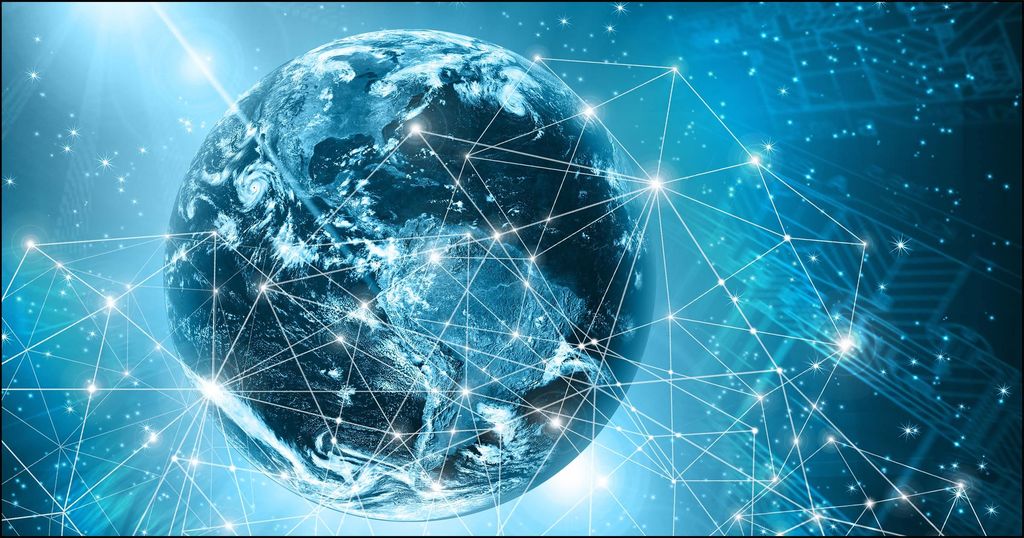
8. **The Internet’s Transformative Power: A World Wide Web of Connection**The 2000s internet was utterly transformative. This was when the World Wide Web went global, launching groundbreaking sites and apps now central to our digital lives. It rapidly expanded, connecting us in unimaginable ways and changing how we consume, socialize, and entertain. Remember dial-up? Probably not!
Think: 2001 alone saw Wikipedia, iTunes, and Google Earth emerge. Wikipedia, a “wisdom of the crowd” beacon, became the largest online encyclopedia. iTunes, with the iPod, changed digital music purchasing. Google Earth put the entire planet at our fingertips, a virtual globetrot for anyone with an internet connection.
Social media exploded. MySpace launched in 2003, then Facebook in 2004, quickly surpassing MySpace by 2008 with over 350 million users. Twitter (2006) revolutionized real-time communication. YouTube’s 2005 launch mainstreamed video sharing. Skype and WhatsApp (2009) streamlined communication. Podcasts also rose. A digital gold rush indeed!
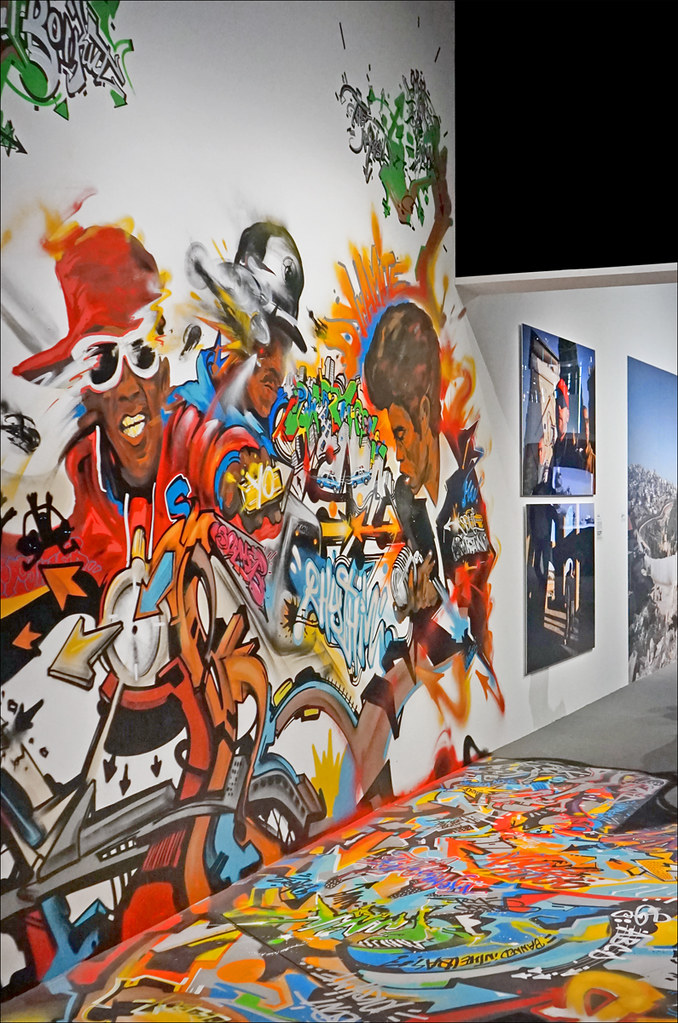
9. **Hip Hop’s Commercial Peak: Dominating the Airwaves**If one genre owned the 2000s, it was hip hop. This was a commercial peak, deeply influencing pop culture and dominating the musical landscape. Everywhere, hip hop’s undeniable swagger and innovative sounds shaped conversations. It was a vibrant, unstoppable force commanding attention and respect.
“Artist of the decade” Eminem led the charge, selling a mind-blowing 32 million albums. He was just one star in a constellation of talent. Jay-Z, Kanye West, Ludacris, Missy Elliot, OutKast, 50 Cent, Nelly, Lil Wayne, and T.I. kept the genre buzzing with creativity and chart-topping hits.
This “bling era” featured opulent displays and material commodities. Stylistically diverse, hip hop spanned gangsta rap to crunk, pushing boundaries. By decade’s end, an emotional rap subgenre emerged with Kanye’s *808s & Heartbreak*. Hip hop’s impact as the decade’s commercial and cultural powerhouse was firmly cemented, despite electronic music’s later rise.

10. **The Diverse Landscape of Rock and Indie Music: From Garage to Emo**While hip hop boomed, the 2000s were also fantastic for rock and indie music, showcasing diverse soundscapes. This decade was fertile ground for bands to experiment, revive classic styles, and carve new niches. From gritty garage rock to heartfelt emo, there was a band for every mood.
Early 2000s saw a massive garage rock and post-punk revival. Bands like The Strokes, Interpol, The Killers, Arctic Monkeys, and The White Stripes burst onto the scene. They achieved commercial success, redefining contemporary rock with urgency and style, captivating a new generation of fans.
Indie rock flourished with Modest Mouse, TV on the Radio, Arcade Fire, and The Shins offering melodic, introspective alternatives. Nu metal and metalcore also held sway, with Linkin Park, Slipknot, and Evanescence delivering heavy hits. Foo Fighters cemented their status, winning three Best Rock Album Grammys. Pop-punk and emo-pop, led by Blink-182, Green Day, and My Chemical Romance, became anthems for a generation.
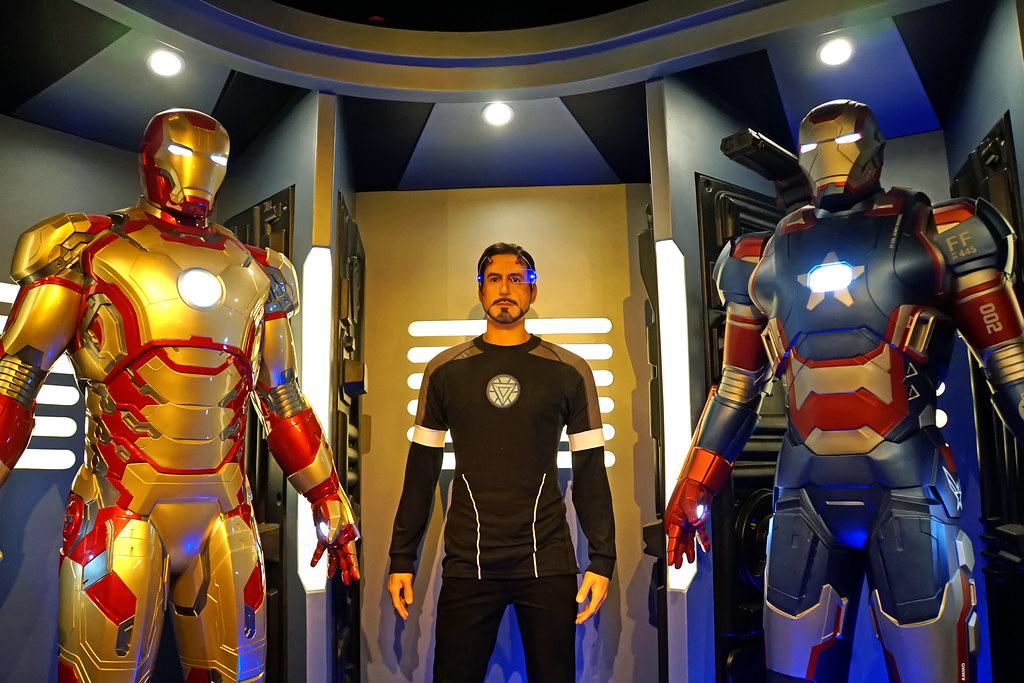
11. **The Ascendancy of Superhero Films: Capes and Box Office Gold**POW! WHAM! BOOM! Superhero films truly soared to unprecedented heights in the 2000s. This wasn’t just a trend; it was a full-blown ascendancy, captivating audiences and laying groundwork for today’s cinematic universes. New films dropped every year, cementing their dominant force in popular culture.
The decade saw iconic films redefine the genre: game-changing *X-Men*, heartfelt *Spider-Man* and *Spider-Man 2*, and Christopher Nolan’s gritty *Batman Begins* and monumental *The Dark Knight*. *Iron Man* (2008) launched the massive Marvel Cinematic Universe. These films demonstrated the genre’s potential for complex storytelling and visual spectacle.
Commentators debated the surge: post-9/11 climate or special effects advancements. Audiences craved heroes. Fantasy series like *Harry Potter* and *The Lord of the Rings* also thrived. Extensive CGI use culminated in James Cameron’s *Avatar* (2009) and its 3D success. Fantastical stories, powered by incredible visuals, dominated the 2000s box office.
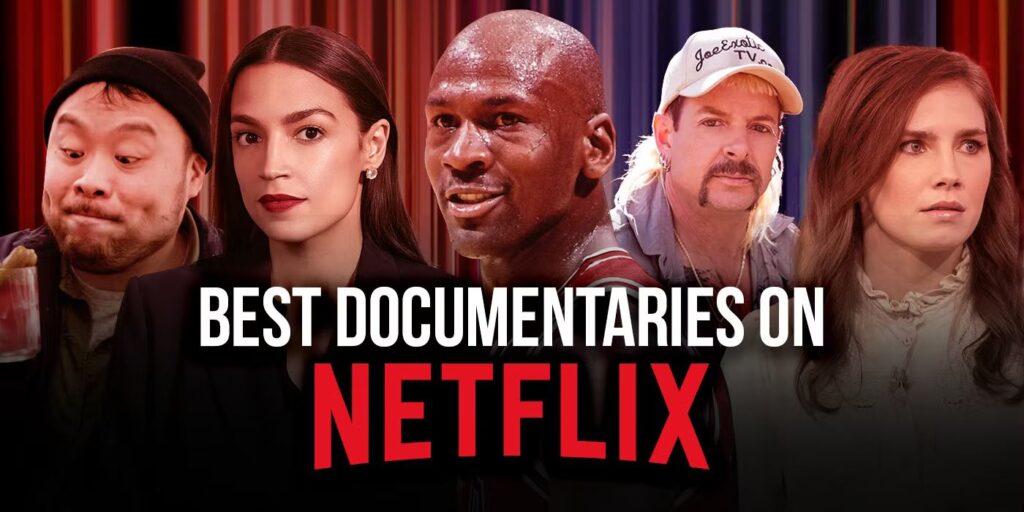
12. **The Popularity of Documentaries: Reality Bites (and Gets Critically Acclaimed)**Amidst blockbusters, the 2000s saw a fascinating rise in documentaries and mockumentaries. These films countered pure escapism, inviting audiences to engage with real-world issues or hilariously exaggerated realities. Truth, or a witty take on it, is often more compelling than fiction, drawing significant crowds and critical attention.
*March of the Penguins* captivated with its heartwarming portrayal. Michael Moore’s *Fahrenheit 9/11* (2004) made headlines, becoming the highest-grossing documentary ever. It sparked national conversations and debates, demonstrating documentary filmmaking’s power to influence public discourse. Audiences were ready for films that challenged, informed, and provoked thought.
Mockumentaries also surged. Sacha Baron Cohen’s *Borat* (2006) delivered outrageous satire. Morgan Spurlock’s *Super Size Me* (2004) blended journalism with comedic self-experimentation. These films blurred reality and fiction, proving the documentary format’s versatility. The 2000s fostered a hunger for authenticity, showing film was not just spectacle but also uncovering truths.
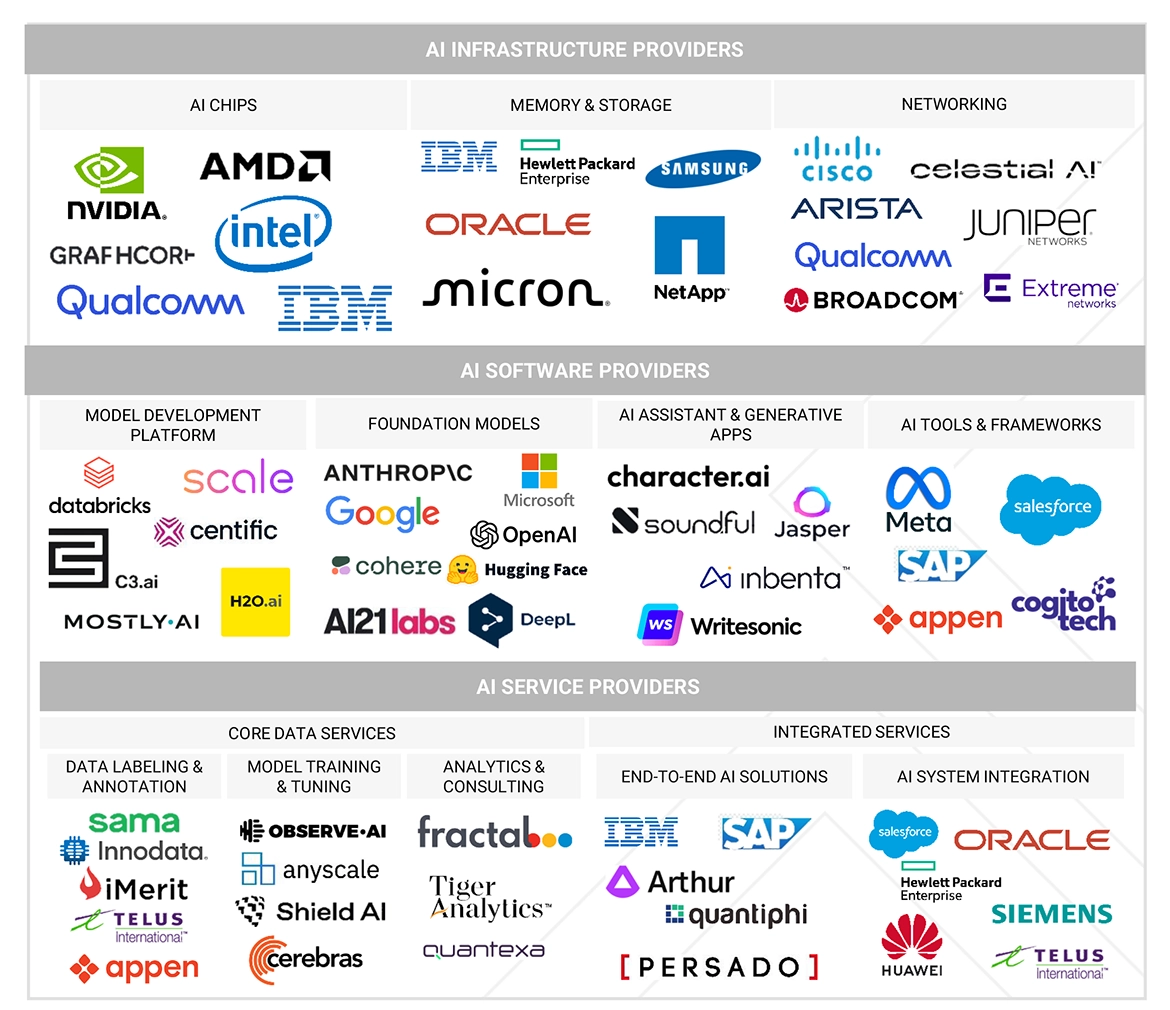
13. **The Emergence of Big Tech Giants: Reshaping Our World**Step aside, old industry titans, because the 2000s saw the undeniable rise of new giants: Big Tech. These weren’t just businesses; they were world-changers, fundamentally reshaping how we work, shop, communicate, and live. Headquartered predominantly on the West Coast, companies like Apple, Alphabet (Google), Amazon, Meta (then Facebook), and Microsoft grew into global powerhouses.
Apple solidified its iconic status with the iPod revolution, seamlessly integrating hardware and software. Google, under Alphabet, transitioned from a search engine to a ubiquitous presence, offering indispensable services. Their rapid expansion became a benchmark for digital success, shaping how we access information daily.
Amazon dramatically expanded its retail empire from online bookselling, changing shopping habits forever. Microsoft, an established titan, continued to dominate operating systems. Meta (Facebook) redefined social interaction, connecting billions. These companies created new industries, driving unprecedented innovation and transforming Silicon Valley into a global hub.
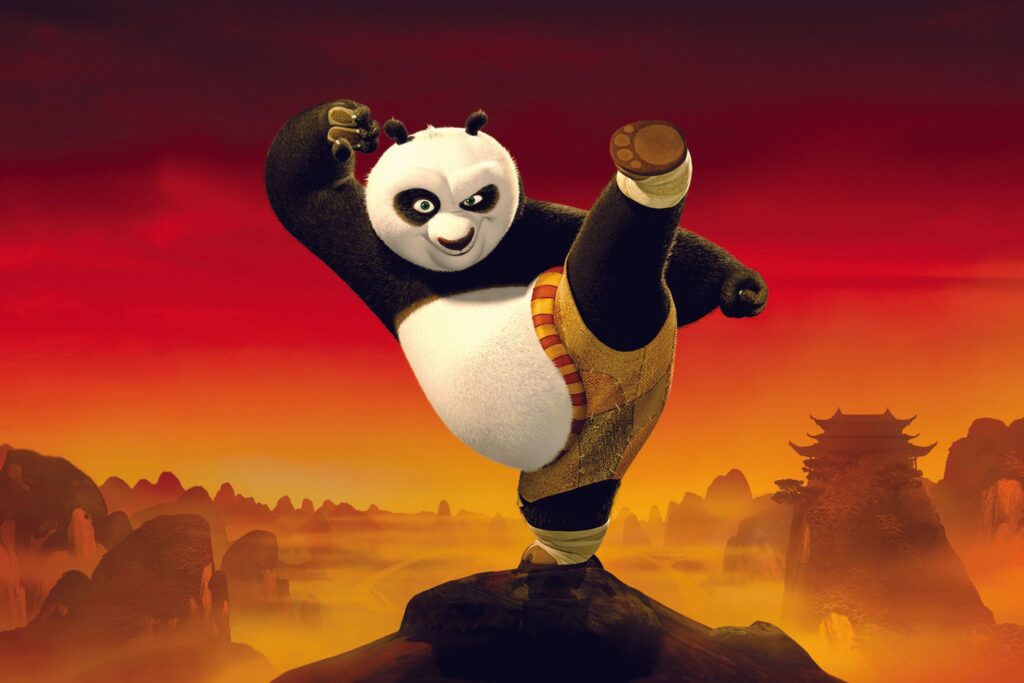
14. **The Beloved Animated Shows That Captured a Generation: Beyond Just Cartoons**Who said cartoons were just for kids? The 2000s proved animated television was vibrant, diverse, and incredibly beloved entertainment, captivating an entire generation. These shows were cultural touchstones, sparking laughter, igniting imaginations, and delivering surprisingly deep storytelling across age groups.
Leading the charge was *SpongeBob SquarePants*. This quirky undersea resident became an absolute phenomenon, cementing its place as one of the most popular and enduring cartoons. Its silly antics and clever writing appealed to everyone, a true cross-generational hit still holding a special place in pop culture.
But *SpongeBob* was far from alone. The 2000s blessed us with a phenomenal roster: epic action-adventure narratives like *Avatar: The Last Airbender* and *Teen Titans*, and fantastical comedies such as *The Fairly OddParents* and *Kim Possible*. For a more mature, satirical bite, *The Boondocks*, *Futurama*, *Family Guy*, and *South Park* pushed boundaries. The sheer variety ensured the 2000s produced a legacy of animated masterpieces.
Wow, what a journey through the 2000s! From flip phones and MySpace to Big Tech and unforgettable soundtracks, this decade was a whirlwind of innovation and cultural shifts. It’s when our modern digital lives were sown, entertainment diversified, and fashion experimented wildly. These defining moments shaped us, entertained us, and laid the groundwork for everything after. So here’s to the ’00s – a truly iconic era that continues to spark joy and nostalgia with every mention!

